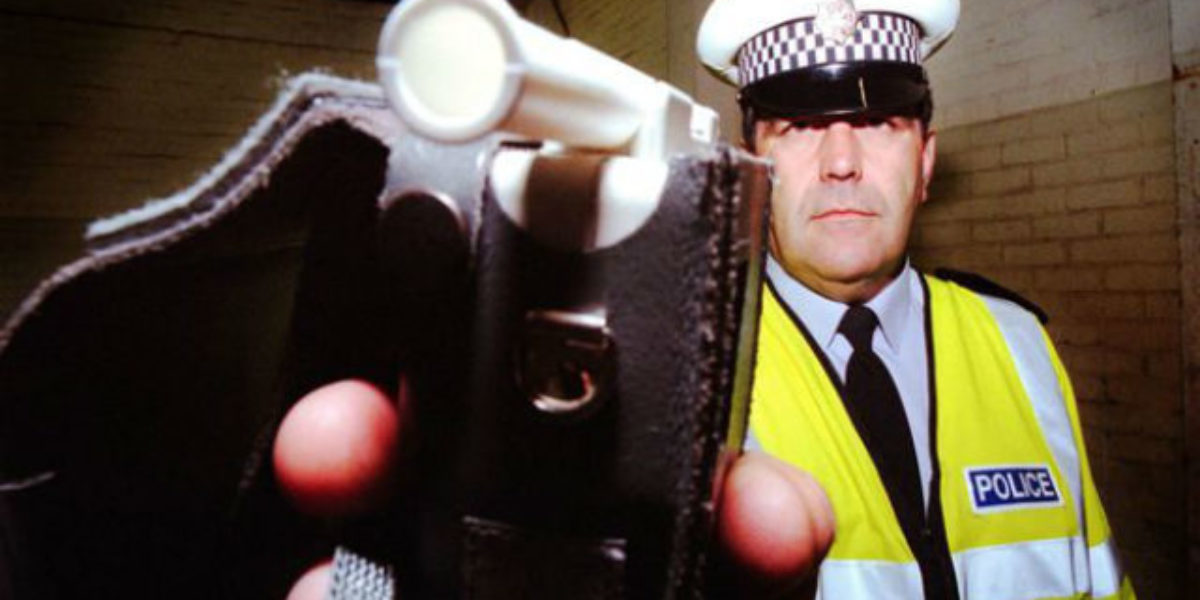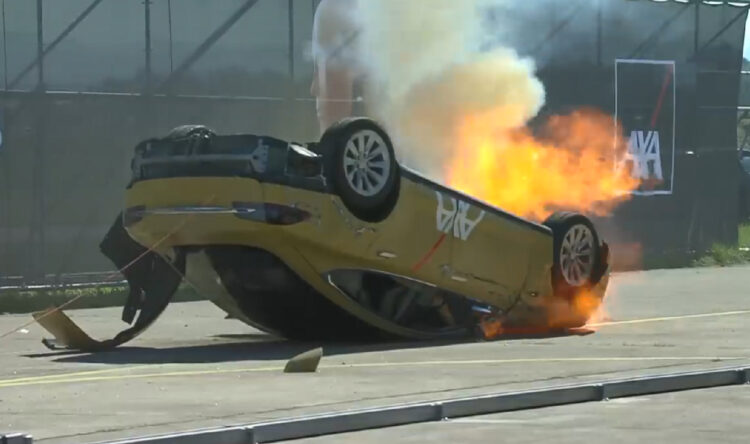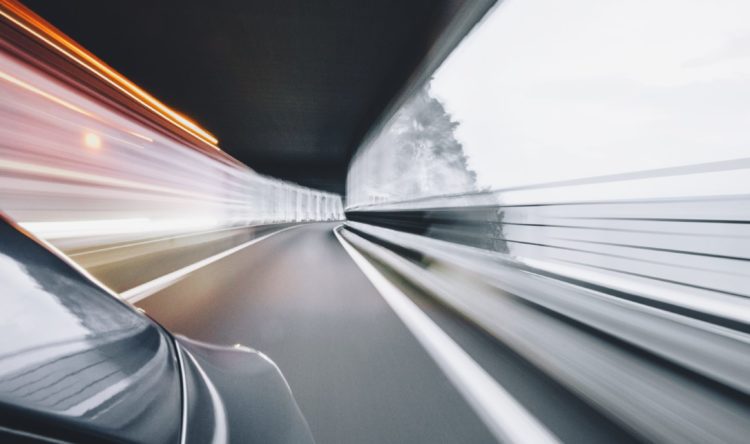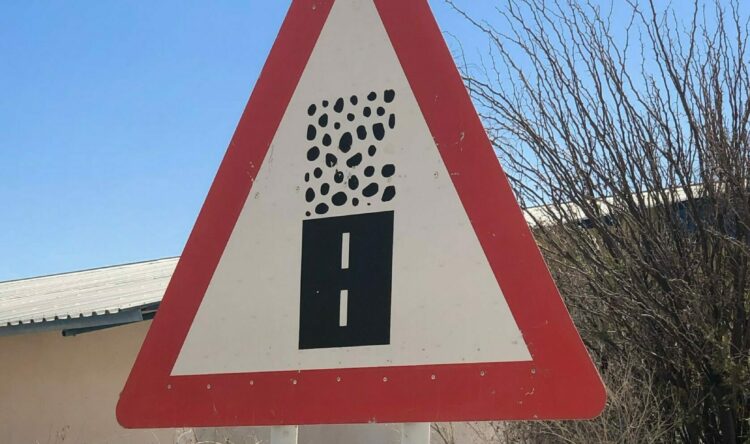Another for the road
Renewed calls for a lowering of the drink drive limit
A leading road safety campaigner has called for the drink drive limit in the UK to be reduced by three quarters. He believes this would remove ‘legal but lethal’ drivers from our roads.
The limit in England, Wales and Northern Ireland is currently 0.80 ‰BAC (80 mg of alcohol per 100 ml of blood).
Hunter Abbott, who set up breathalyser business Alcosense, believes the limit should be lowered to 0.20 ‰ . He is also a member of the Parliamentary Advisory Council for Transport Safety (PACTS).
Odd one out
Writing on the Road Safety GB website , Mr Abbott points out that the current limit is the highest in Europe. Furthermore, it is the joint highest anywhere in the developed world.
In European countries such as Ireland, Germany and Spain the drink drive limit is 0.50 ‰BAC (and lower at 0.20 ‰BAC for commercial and novice drivers). In Poland, Sweden and Norway it is 0.2 ‰BAC for all drivers and in the Czech Republic, Hungary and Romania the limit is zero.
“Our limit of 0.80 ‰BAC is far above the ‘point of intoxication’ of around 0.30 ‰BAC where significant measurable effects on cognitive function start to occur” says Mr Abbott.
“The bottleneck which is stopping us from reducing drink drive crashes further is the keystone of our drink drive law – a lax limit based on extremely limited scientific data in the 1960s to define what was ‘safe’. More recent and robust research shows at 0.80 ‰BAC you are 13 times more likely to have a fatal accident than when sober. In Scotland, with its lower limit of 0.50 ‰BAC, a fatality is still five times more likely”.
Scotland diverged from the UK limit in 2014. However, data has revealed no real drop in levels of drink driving or victims of it since the change. Whether a change in the legal limit works remains disputed. Education and enforcement of the current rules is argued to be a more effective way forward.
Scotland sharpens its focus
The latest calls for a change in the drink drive limit comes as Police Scotland launches its summer drink drive campaign . The latest figures show that ‘driving under the influence’ is 21% higher than it was 10 years ago.
While slightly down on the peak recorded last year, there were 7,773 driving under the influence (DUI) offences in 2021-2022 in Scotland, compared with 6,433 in 2012-2013.
The drink and drug drive hotspot of Scotland is the City of Glasgow with 917 offences. This is followed by North Lanarkshire (774), Aberdeen & Aberdeenshire (737), Highland (589) and the City of Edinburgh (505).
Bottom of the table are the Islands of Shetland (25) and Orkney (26).
Police Scotland’s campaign runs for two weeks. During their last blitz in December, they tested 2,965 drivers with 628 detected over the limit.
A study of 1000 people in Scotland by breathalyser firm AlcoSense found that 53% of motorists have now reduced the amount of alcohol they drink, when they know they are driving either later the same day or the following morning. This is believed to be. consequence of the limit change in 2014.
“The lower limit has hardened anti-drink drive sentiment amongst the Scottish public, but there’s still a persistent minority who ignore the law and drive above that limit,” said Hunter Abbott, managing director of AlcoSense.
“That’s why enforcement is so important. Only 2,185 motorists were convicted in Scotland last year for DUI offences, down 36% on the year before.”
However, the number of people tested at the roadside has dropped too.
A deadly issue
An estimated 6,480 people were killed or injured on Britain’s roads in 2020 (latest figures from the Department for Transport show) where at least one driver was over the drink drive limit. This includes 220 fatalities, with drivers over the legal limit causing 15% of all road deaths. The number of casualties caused by drivers who are intoxicated but legal to drive is not recorded, but is thought to balloon this figure significantly.
“How many casualties could have been avoided if the driver were below the point of intoxication, instead of lethal but legal”, adds Mr Abbott.
“That’s why I’m calling on the Government to reduce the limit to 0.20 ‰BAC. It’s low enough so that someone can have a small drink with a meal in a restaurant and drive an hour later.
“It’s a ‘safe’ and practical limit to Police and with the right educational programme around it, one which I’m sure most responsible road users would support”.
A serious issue
David Davies, Executive Director of PACTS commented: “Driving while legal but lethal is an area of great concern. PACTS has consistently called for a lower legal limit. Laws help to set social norms, as we have seen with bans on smoking in public places. PACTS also wants to see better enforcement by the police and the use of alcohol interlocks to prevent reoffending”.
James Gibson, executive director of Road Safety GB, adds: “Road Safety GB’s advice to motorists is always – if you drive, don’t drink and if you drink, don’t drive.
“We support lowering the blood alcohol limit and as a first step, would like to see the Government bring the limit down from 80mg in 100ml of blood to 50mg. This limit would then be in line with most European countries.”






